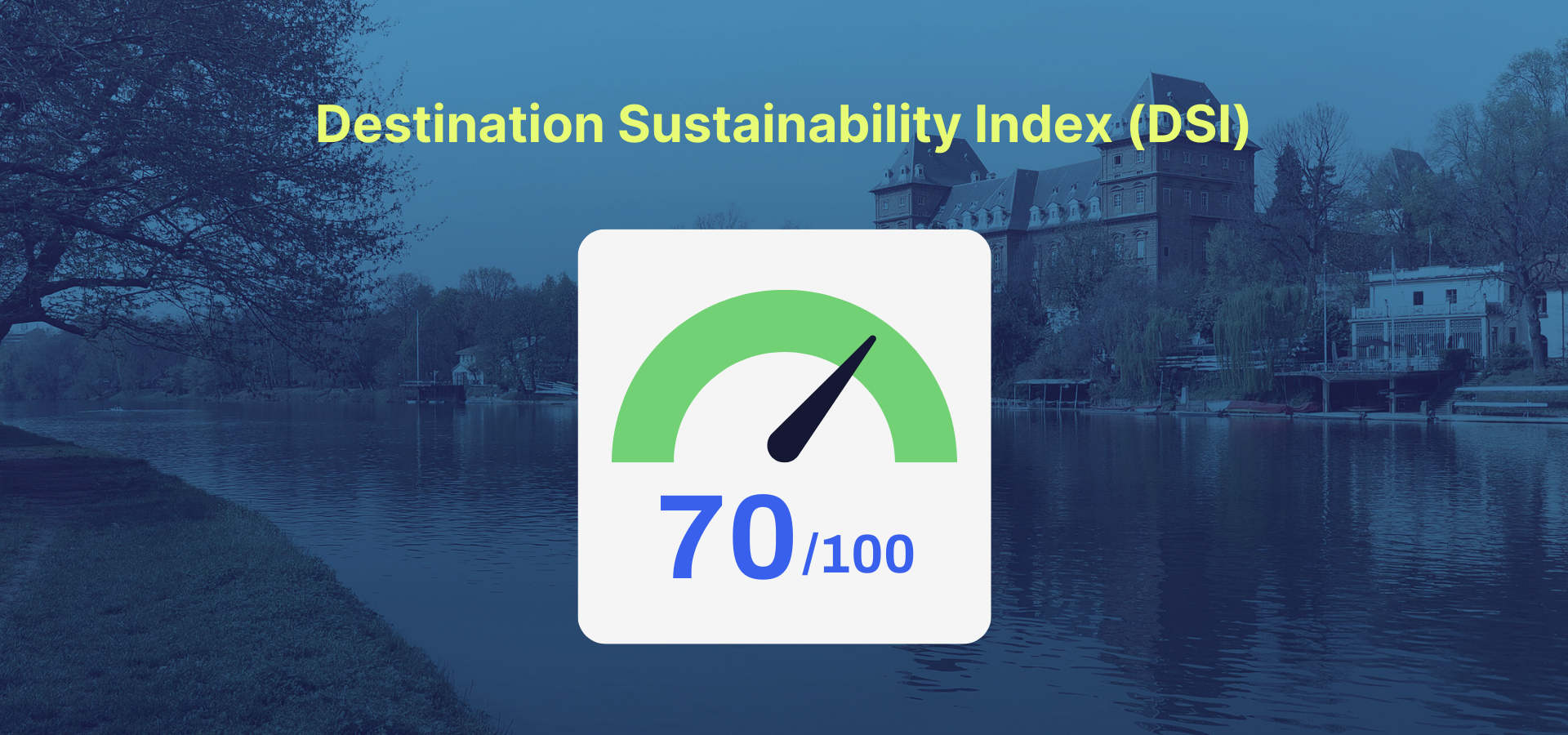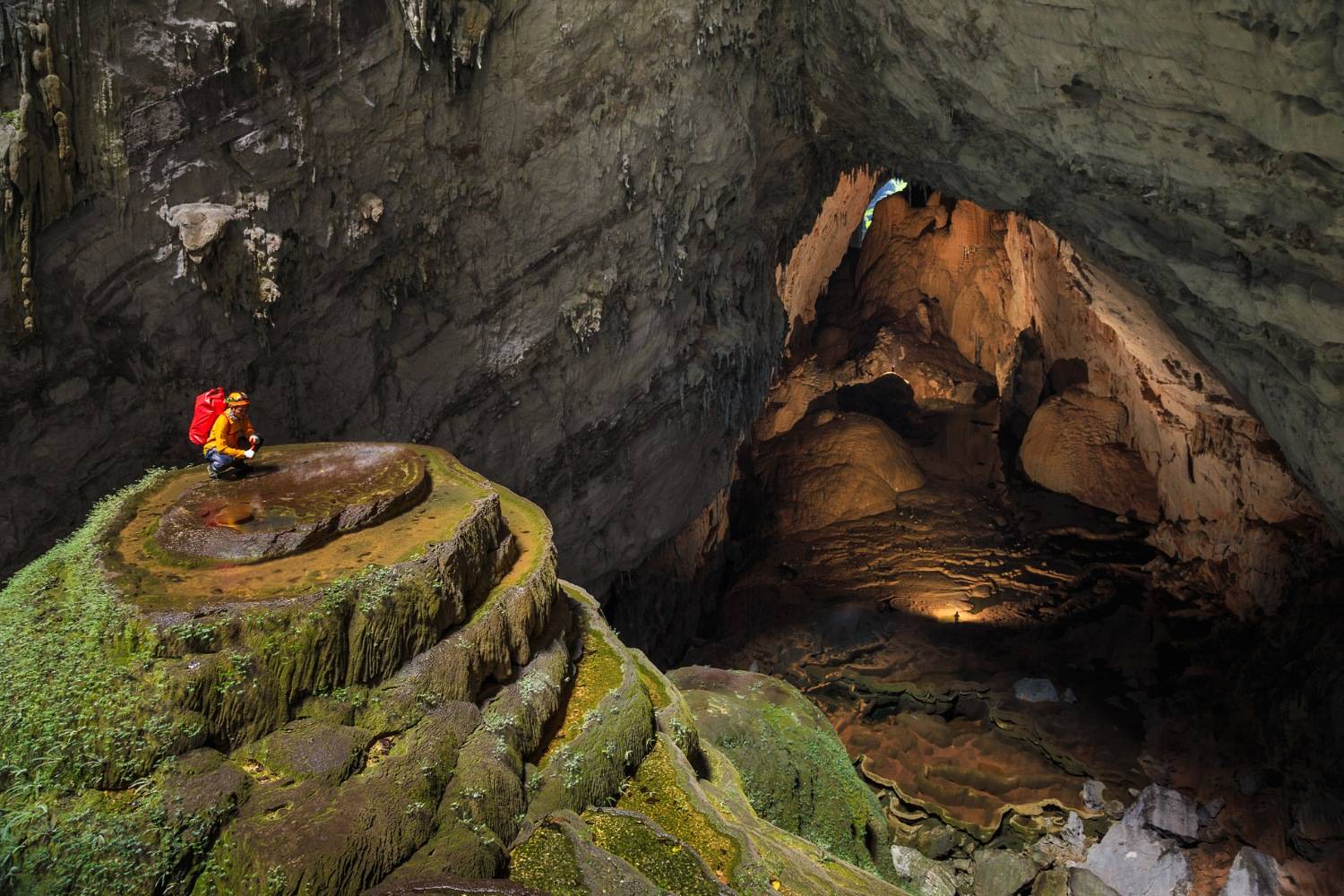Sustainable Destination Planning: Balancing Tourism Growth and Environmental Impact

The Intersection of Tourism and Environmental Stewardship
With the global population surpassing 8 billion, the quest for travel adventures has become a hallmark of contemporary life. The surge in tourist numbers can be exhilarating for local economies, yet it also brings significant challenges. Popular destinations often struggle to manage the influx, risking ecological degradation that could tarnish the very allure that draws visitors in the first place. Thus, the need for a nuanced approach to tourism growth is vital—one that protects natural landscapes while promoting economic opportunities.
The Core Principles of Sustainable Destination Planning
Sustainable destination planning advocates a holistic approach to tourism that prioritizes both environmental conservation and cultural integrity. Key strategies include:
- Community Engagement: Local communities are the backbone of any tourist destination. Engaging them in the planning process ensures that their voices are heard, needs are met, and cultural heritage is upheld. For example, in Hawaii, community-led initiatives have focused on preserving traditional practices and educating tourists about local customs, creating a more enriching experience for both visitors and residents alike.
- Eco-friendly Infrastructure: As the travel industry evolves, innovative infrastructure solutions are emerging to minimize environmental impacts. Hotels in places like Sedona, Arizona, have adopted solar power, green roofs, and water conservation systems that not only appeal to eco-conscious travelers but also reduce operational costs. This shift aligns economic incentives with ecological needs.
- Responsible Tourism Practices: Educating travelers about how their actions affect local ecosystems is essential. Simple practices, such as staying on designated trails in the Grand Canyon or participating in local conservation efforts, can significantly mitigate the negative impacts of tourism. Promoting local businesses, like farmers’ markets or artisanal shops, strengthens community ties and boosts the local economy.
Prominent Examples of Sustainable Tourism in the U.S.
The United States presents a plethora of regions that exemplify effective sustainable tourism practices. The eco-lodges sprinkled throughout the Colorado Rockies offer visitors not only stunning views but also a blueprint for eco-conscious lodging that integrates seamlessly with nature. Meanwhile, Florida’s myriad nature reserves, such as the Everglades, focus on preservation efforts that educate visitors while safeguarding vital ecosystems. These examples highlight a commitment to sustainability that can inspire other regions grappling with the pressures of tourism.
The Path Forward
Understanding and implementing sustainable destination planning is imperative for travelers, policymakers, and industry stakeholders alike. By fostering an awareness of environmental impacts alongside tourism growth, destinations can maintain their unique features and charm. The future of travel lies in this delicate balance—where adventure and conservation coexist, allowing generations to come to enjoy the beauty the world offers.
Ultimately, the challenge is not merely about managing tourist numbers; it is about redefining how we experience travel. When individuals commit to traveling mindfully and supporting sustainable practices, they contribute to a legacy of respect for the environment and local cultures. As more travelers seek out ethical experiences, a new paradigm of tourism emerges—one that honors the planet while satisfying our collective wanderlust.

DIVE DEEPER: Click here to uncover the vibrant local markets
Innovative Strategies for Sustainable Destination Development
In the pursuit of sustainable destination planning, it becomes critical to understand the intricate balance between tourism growth and environmental preservation. Fast-paced advancements in technology and shifts in traveler expectations are presenting opportunities to reimagine how tourism can be structured. Integrating sustainability into the core of tourism planning can yield long-term benefits for communities, economies, and ecosystems alike. Here are key strategies that destinations can adopt to navigate this complex landscape:
- Data-Driven Decision Making: Utilizing data analytics tools allows destinations to assess tourist behaviors and environmental impacts systematically. For instance, cities like San Francisco have harnessed data to monitor visitor patterns, enabling them to optimize resource allocation and infrastructure planning. This data-driven approach supports informed decision-making that prioritizes sustainability.
- Conservation Partnerships: Collaborating with local conservation organizations is paramount in protecting fragile ecosystems. Partnerships help manage tourist activities in sensitive areas while promoting conservation initiatives. In places like Yellowstone National Park, collaborative efforts have led to comprehensive programs that engage visitors in conservation through guided tours and volunteer opportunities, striking a balance between enjoyment and education.
- Seasonal and Controlled Access: Implementing seasonal tourism programs or controlled access to popular sites can greatly reduce environmental stress. Many top destinations are adopting reservation systems, as seen in Yosemite National Park, which helps manage visitor numbers during peak seasons. This practice not only preserves natural habitats but also enhances visitor experiences by preventing overcrowding.
- Investment in Local Economies: Sustainable tourism must directly benefit local residents. By prioritizing local businesses and promoting artisan crafts, destinations can create economic opportunities while fostering an authentic experience for guests. For example, the revitalization of towns like Asheville, North Carolina, showcases how promoting local breweries and craft shops can drive visitation while invigorating the local economy.
Measuring Success: Indicators of Sustainable Practices
To ensure that sustainable destination planning is effective, measuring success becomes essential. Destinations must establish clear metrics, including:
- Visitor numbers and capacity compliance
- Environmental impact assessments of tourism activities
- Community satisfaction surveys and economic benefit analyses
- Levels of tourist engagement in conservation programs
By consistently evaluating these indicators, destinations can adjust their practices to foster a symbiotic relationship between tourism and environmental stewardship. As travelers become increasingly aware of their environmental footprint, sustainable destination planning not only attracts mindful tourists but also sets a precedent for other regions striving to protect their ecological and cultural treasures.
Collaboration Among Stakeholders
The effectiveness of sustainable tourism strategies hinges on collaboration among various stakeholders—local governments, business owners, and community groups. Workshops and forums that bring these parties together facilitate knowledge sharing and consensus building. For instance, in Oregon, various stakeholders collaborated on a project aimed at enhancing the region’s eco-tourism offerings while addressing the impacts of increased visitor traffic on natural resources. Such initiatives help to cultivate a sense of unity and shared responsibility towards achieving sustainability goals.
| Advantage | Description |
|---|---|
| Economic Diversification | Emphasizing sustainable tourism facilitates economic diversity by attracting varied visitors, enhancing local businesses, and spreading economic benefits across multiple sectors. |
| Community Engagement | Involving locals in tourism planning fosters community pride, ensuring that cultural values are preserved while simultaneously enhancing the tourist experience through authentic engagement. |
The key to successful sustainable destination planning lies in acknowledging the intertwined relationship between tourism growth and environmental impact. Collaborative efforts across government, communities, and private sectors can lead to innovative solutions that promote sustainable practices. For instance, the implementation of eco-friendly transportation options can significantly reduce carbon emissions while providing visitors with a unique travel experience.Furthermore, sustainable tourism also emphasizes the importance of conservation. By establishing strict guidelines and protective measures for natural resources, destinations can both preserve their ecological integrity and continue to attract environmentally conscious travelers. This not only benefits local ecosystems but also establishes a reputation for being leaders in sustainable tourism, potentially boosting visitor numbers.Through robust education and the sharing of best practices, stakeholders can better navigate the complex dynamics of tourism and environmental stewardship. As the industry continues to evolve, the commitment to balancing growth and preservation remains pivotal for future generations.
DISCOVER MORE: Click here for essential budgeting tips
Empowering Local Communities Through Sustainable Tourism
Another critical aspect of sustainable destination planning is the empowerment of local communities. Engaging residents in the tourism sector not only fosters economic development but also ensures that their cultural heritage and local knowledge are preserved. Several destinations across the United States have set exemplary benchmarks in this regard:
- Community-Led Initiatives: Programs launched in places like Santa Fe, New Mexico, showcase the benefits of community-led tourism initiatives. Local artisans and musicians play an integral role in shaping the tourism narrative, presenting an authentic picture of their culture. Workshops and festivals not only attract tourists but also preserve local traditions, creating a sustainable model that promotes both economic benefits and cultural pride.
- Environmental Stewardship Programs: In coastal towns such as Cape May, New Jersey, local residents are actively involved in marine conservation efforts. Volunteer clean-up days and educational programs help to cultivate a community-centered approach to tourism, ensuring the natural environment remains unspoiled while instilling a sense of ownership among residents toward their local ecosystems.
- Local Governance and Policies: Local governments, when inclusive of community feedback, can enact regulations that prioritize sustainable tourism development. For example, in Vermont, town planning initiatives incorporate public input that balances tourism growth with environmental impact, ensuring that community values take precedence in policymaking.
Engaging Tourists in Sustainability Efforts
To further enhance the sustainability of destinations, it is essential to actively involve tourists in sustainability efforts. Educational experiences and eco-friendly tourism practices can greatly influence attitudes and behaviors of visitors:
- Eco-Tours and Outdoor Experiences: Opportunities for eco-conscious travelers to experience nature without harm can be found in destinations like Joshua Tree National Park. Guided eco-tours not only educate visitors about local flora and fauna but also promote responsible behavior during visits. As travelers learn the importance of preserving natural resources, they become advocates for sustainability.
- Incentives for Sustainable Choices: Many destinations are beginning to implement reward systems that encourage tourists to engage in sustainable practices. For instance, offers such as discounts for using public transportation or participating in local conservation projects provide incentives that promote environmentally friendly choices while exploring destinations.
- Awareness Campaigns: Effectively communicating the importance of sustainability can significantly alter tourist behavior. Cities like Portland, Oregon, have launched vibrant marketing campaigns that highlight local environmental efforts and direct visitors toward sustainable practices—whether it be recycling, reducing plastic usage, or supporting local conservation charities.
Utilizing Green Technology and Infrastructure
Tech-driven advancements present unprecedented opportunities for enhancing sustainability in tourism. Implementing green technology in infrastructure not only mitigates environmental impact but also attracts a growing demographic of eco-conscious travelers:
- Smart Infrastructure: Destinations are increasingly investing in smart technologies that manage resources efficiently. For example, smart water management systems in cities like San Diego help track water usage, ensuring that tourism does not place excessive strain on local water supplies.
- Renewable Energy Adoption: Many tourism-related businesses, from hotels to restaurants, are transitioning to renewable energy sources. For instance, resorts in Hawaii are using solar panels to power their facilities, showcasing a commitment to sustainability while enhancing their appeal to environmentally aware tourists.
- Sustainable Transportation Options: Facilitating access to sustainable transportation can ease the environmental burden of tourism. Cities like Seattle have expanded their public transportation networks to include electric buses, making it easier for visitors to explore while reducing their carbon footprint.
Through these multifaceted strategies, destinations not only confront the challenges posed by tourism growth but also create a more resilient framework capable of sustaining their natural and cultural legacies in the long term.
DISCOVER MORE: Click here to learn about the influence of transportation options
Conclusion: A Pathway to Sustainable Tourism
In navigating the complex landscape of sustainable destination planning, stakeholders must prioritize a delicate balance between encouraging tourism growth and protecting valuable environmental resources. As the data reveals, successful strategies empower local communities, engage tourists, and leverage green technology to foster a tourism model that benefits everyone. By harnessing the unique cultural narratives of destinations like Santa Fe and Cape May, communities can craft experiences that highlight their heritage while actively involving residents in tourism development.
Moreover, as seen in cities such as Portland and Seattle, effective communication and fresh initiatives can transform tourist behaviors towards more sustainable practices. Educational eco-tours and incentive programs illustrate how visitors can contribute positively during their stay, thus becoming advocates for environmental stewardship.
Finally, with advancements in green infrastructure—like smart technologies and renewable energy—destinations can mitigate their carbon footprints while enhancing tourist appeal. As the trend toward sustainability in tourism grows, destinations focused on these principles are destined to thrive, ensuring their natural beauty and cultural significance remain intact for generations to come.
In conclusion, the future of tourism lies in a collaborative approach that upholds environmental integrity and fosters economic growth. By embracing innovative practices and valuing local input, stakeholders can craft a resilient tourism model that respects and celebrates the inherent beauty of our planet and its diverse cultures.


